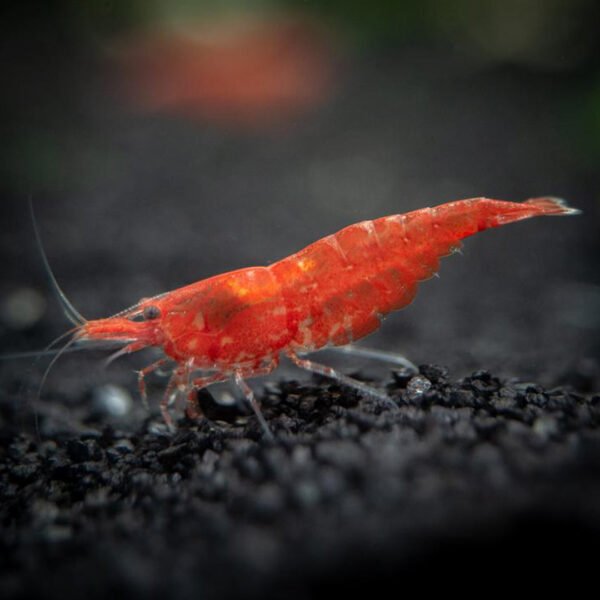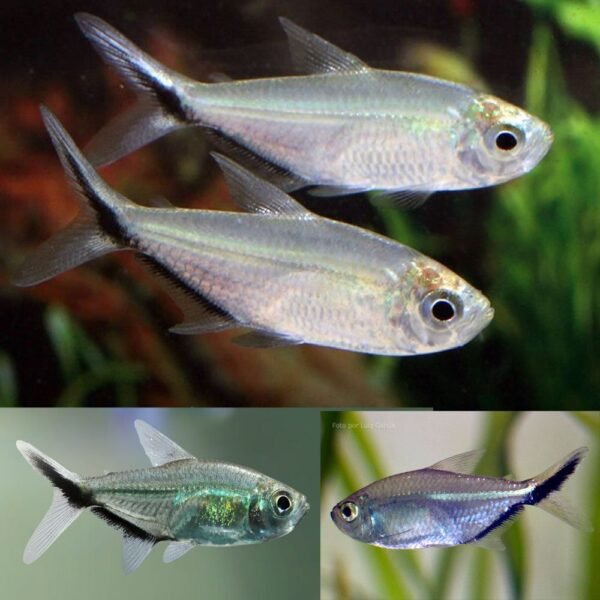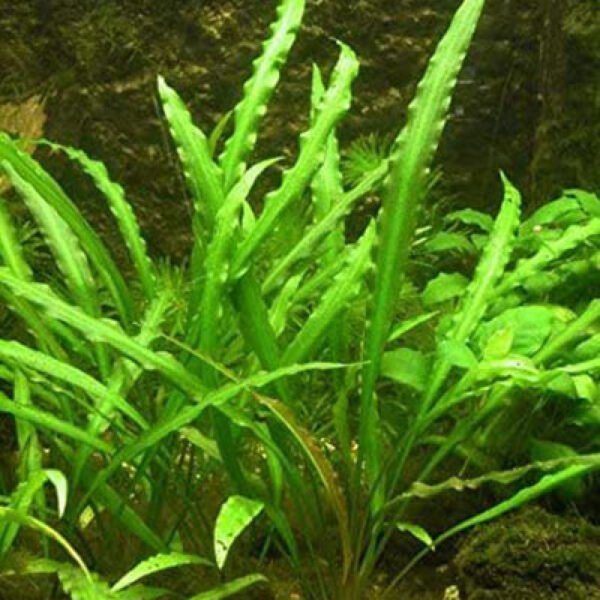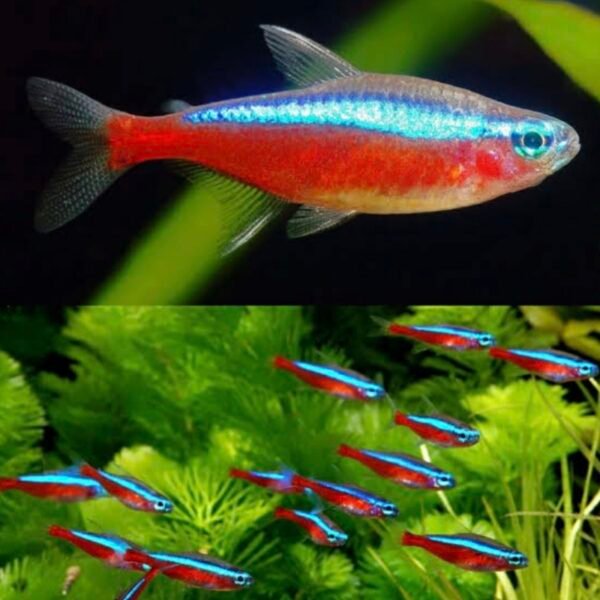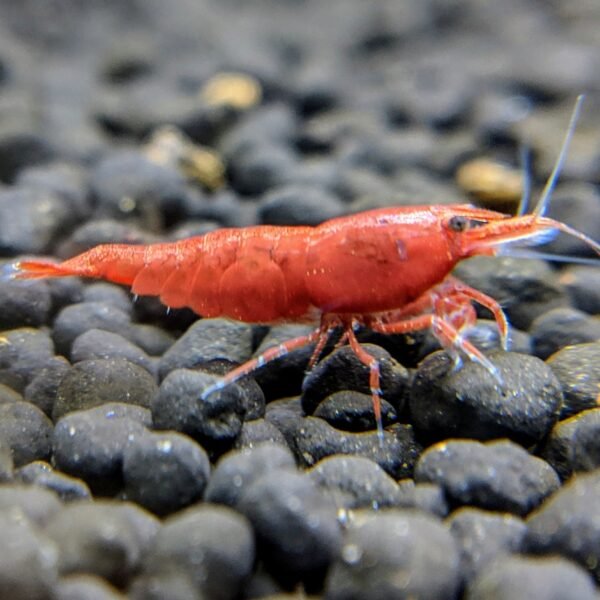Description
Mudskipper (Periophthalmus spp.)
📌 Basic Info
-
Scientific Name: Periophthalmus spp. (several species, most common in the hobby: Periophthalmus barbarus, P. argentilineatus)
-
Common Names: Mudskipper, Amphibious Goby
-
Family: Gobiidae (Gobies)
-
Origin: Coastal mudflats, mangroves, and estuaries of Africa, South Asia, and Southeast Asia
-
Size: 4 – 10 inches (10 – 25 cm), depending on species
-
Lifespan: 5 – 10 years in captivity
-
Tank Zone: Semi-terrestrial – spends time both in water and on land
🌊 Water Parameters
-
TDS: 200 – 400 ppm
-
pH: 7.0 – 8.5
-
Temperature: 24 – 30°C (75 – 86°F)
-
Hardness: 8 – 20 dGH
-
Salinity: Brackish water required (SG 1.005 – 1.015)
🐟 Characteristics
-
Unique amphibious fish that can climb rocks, burrow in mud, and walk on land using its pectoral fins.
-
Large, protruding eyes on top of the head that can move independently.
-
Can breathe through both gills and skin (must stay moist to survive).
-
Highly territorial, especially males – often display by raising dorsal fins and jumping.
-
Known for their “skipping” and hopping movements across land.
🍽️ Food
-
Type: Carnivorous.
-
Diet: Live/frozen foods – bloodworms, brine shrimp, mealworms, small crickets, chopped earthworms. May also take sinking pellets designed for carnivores.
-
Feeding Schedule: Feed small portions 1–2 times daily.
🛠️ Tank Setup & Maintenance
-
Tank Size: 30 gallons minimum for a small group (species-dependent).
-
Aquascape: Must provide both land and shallow brackish water areas.
-
Substrate: Mud-like sand, soft for burrowing.
-
Decor: Mangrove roots, rocks, and driftwood for climbing and basking.
-
Filtration: Gentle flow; brackish water should remain clean and stable.
-
Lighting: Moderate to bright; basking spots mimic natural habitat.
-
Water Change: 25% weekly; brackish balance must be maintained.
-
Lid: Strong, tight-fitting lid – mudskippers are excellent climbers and jumpers.
👥 Social Behavior
-
Active and curious but territorial, especially males.
-
Can be kept in groups if the tank is large and has enough land areas to establish territories.
-
Best housed with other brackish, non-aggressive species (archerfish, mollies, monos, scats).
-
Avoid aggressive fish or those that may outcompete them for land/water space.
✅ Do’s
-
Provide both land and shallow water zones.
-
Keep water brackish – freshwater is unsuitable.
-
Offer live and meaty foods for best health.
-
Maintain a secure, moist environment to prevent drying out.
❌ Don’ts
-
Don’t keep in freshwater long-term.
-
Don’t overcrowd – territorial fights will happen.
-
Don’t allow tank to dry out – they must stay moist.
⭐ Quick Tips
-
One of the most unusual aquarium pets, half fish, half land-dweller.
-
Needs a specialized brackish paludarium-style tank.
-
Great for experienced aquarists looking for a unique showpiece species.





